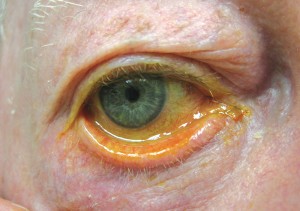
Ectropion: The patient notices redness of the lid and tearing as the drainage outlet is not in proper alignment
The eyelids perform many vital functions in maintaining ocular health and comfort. Not only do they protect the globes from foreign bodies and serve as protective barriers, they are also responsible for production of the oily layer of the tear film. This outermost layer prevents premature evaporation of tears, and ensures that a healthy tear film is bathing the eyes. The eyelids must be in proper position to ensure optimal function.
The eyelids can become misaligned for a variety of reasons. Most commonly, they become loose over time and are unable to maintain their optimal position. This can be seen in patients who frequently rub their eyes or after prolonged contact lens use. Other causes of malposition include scarring after trauma or surgery (cicatricial changes).
Entropion occurs when the lid margin is turned inward. Consequently, the eyelashes are directed towards the cornea and can abrade the eye with each blink. The cornea can decompensate with this repeated trauma, causing significant discomfort and foreign body sensation. The eye is often watery and red as well. As the irritation increases, the patient may blink more forcefully, thus causing further inward rotation of the margin. This cycle of irritation and further misalignment causes a condition called spastic entropion, and primarily affects the lower eyelid.
Alternatively, ectropion occurs when the lid margin is turned outward. Patients may notice that their eyelid looks red and irritated. Excessive tearing is also a common finding as the opening to the tear drainage system is not in proper position. As the eyelid turns outward and the moist inner surface is exposed to the air, the eye becomes more uncomfortable. Ectropion alters the eyelid alignment, sometimes causing severe redness and pain and most commonly affects the lower eyelid.
Proper alignment should be restored to ensure ocular health and to alleviate symptoms. Both entropion and ectropion are repaired with outpatient procedures that produce long lasting results. Sutures can be used to rotate the eyelids into the correct position. Most patients will also need the outer corner of the eyelid tightened. A decrease in symptoms usually starts soon after surgery. Care must be taken to maintain the restored position, and patients should refrain from rubbing their eyelids.
There are a variety of conditions which may cause redness of the eyes, irritation and tearing. A thorough evaluation is the first step needed to identify the root cause and determine the best course of action.
Dr. Hui is the founder of The Eyelid Institute in Palm Desert. She is an Oculoplastic surgeon and has a special interest in helping patients with Eyelid, Lacrimal and Orbital conditions. An Oculoplastic surgeon is a physician with combined training in Ophthalmic Plastic and Reconstructive Surgery (Oculoplastics) and Ophthalmology who has unique abilities to perform a variety of delicate procedures around the eyes. Dr. Hui can be reached at 760.610.2677.






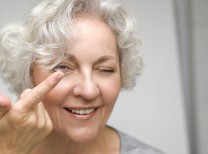
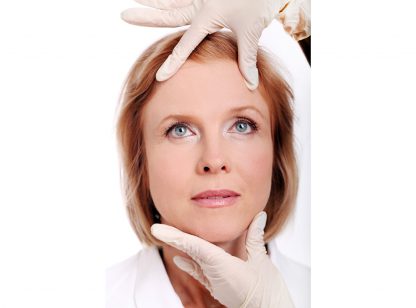

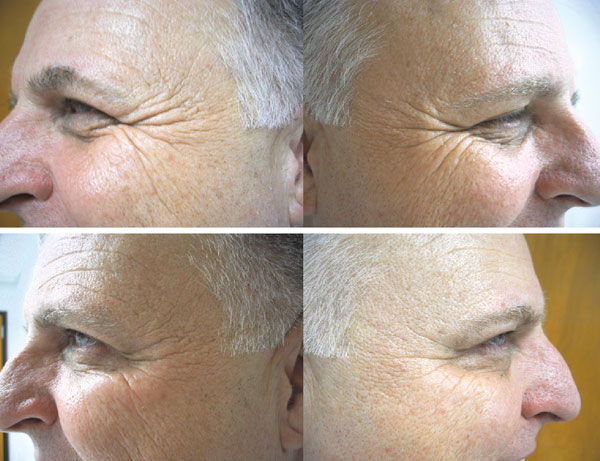
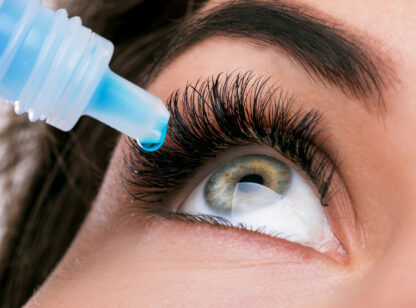
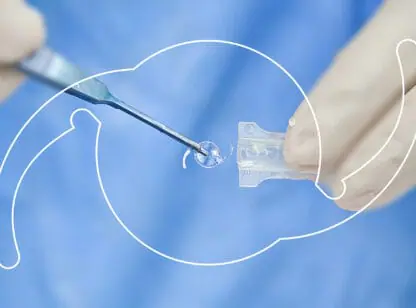


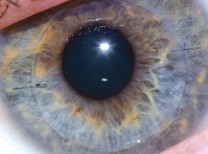
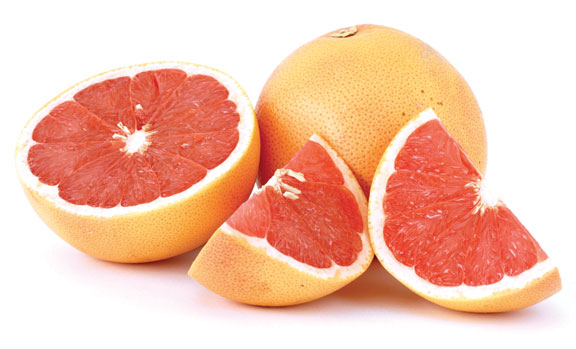
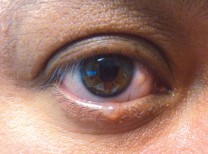
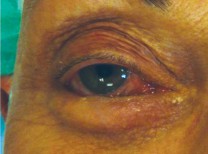
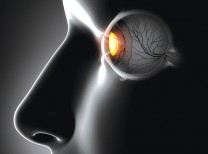




























Comments (0)